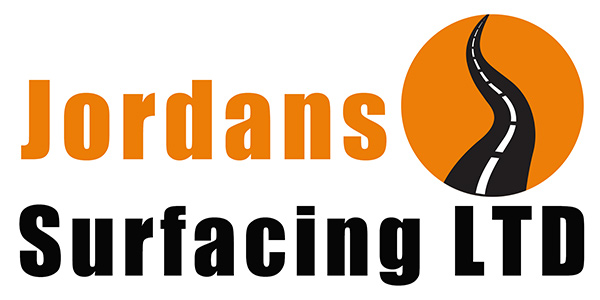Tarmac may experience melting in hot conditions. Our tarmac experts consider the following ways in preventing tarmac from melting and ensuring that they offer high-quality road surfacing solutions.
Polymer Modified Binders
The use of polymers raises the softening point of asphalt road surfaces to about 80 degrees which prevents tarmac from softening under extremely hot weather. These binders are important since asphalt tends to melt when it’s hot and gets hard and brittle once there is a change in weather and it becomes cold. The addition of polymer modified binders therefore plays a role in ensuring that the tarmac maintains strength throughout the year.
Surface Course Systems
The surface dressings are essential in reducing the rate of tarmac melting. By installing these dressings, they can seal road surfaces. Surfacing increases longevity and also raises the softening point and reducing the chances of melting. Car park surfacing is excellent in illustrating how tarmac can be prevented from melting. The increase in the surfacing ensures that the tarmac will not easily melt.
Skid Resistance
The increase in skid resistance is essential in preventing the tarmac from melting. Skid resistance is the measure of the resistance of pavement surfacing. To improve skid resistance it is therefore essential to improve the texture of the tarmac. Using skid resistance as a way of preventing tarmac from melting. Temperature influences friction thus causing a change in the physical properties of pavement surfaces.
Bitumen Binder
It is essential to have a good grade of bitumen binder to prevent tarmac from melting. The use of higher grading bitumen is essential in providing harder paving that in turn has higher softening points. The bitumen binder is essential since it is less prone to softening and rutting. It plays a vital role in preventing tarmac from melting.
Granite Dust
Granite dust and sand are important in the absorption of soft bitumen and by doing so they can stabilize the road surface. A sticky tarmac surface is not fit for vehicles to move about on tarmac therefore spreading granite dust and sand ensures that the road is in a stable condition and is also less sticky.

